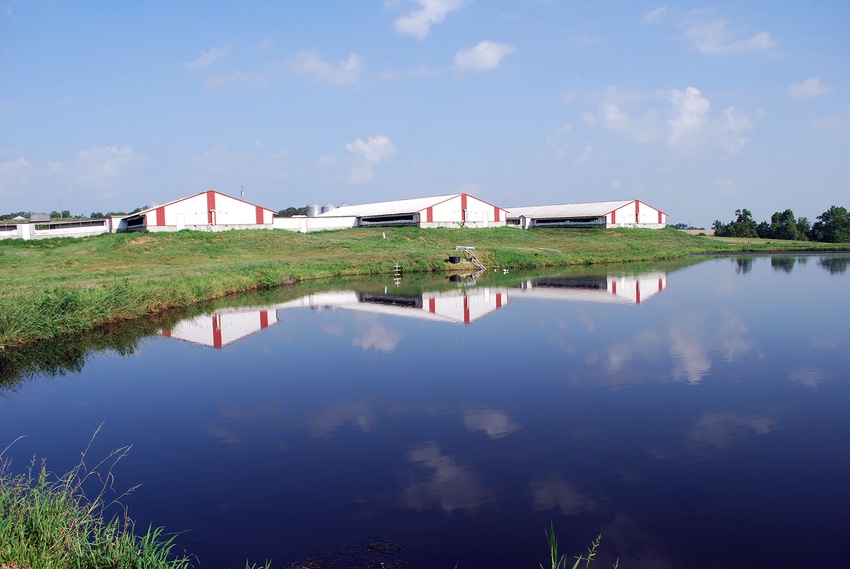Understanding manure microbiology and operation odors
When diet ingredients change due to pricing or nutritional needs, the microbial populations in the manure pit change as well.

Pork producers work hard to effectively manage manure by recycling nutrients and minimizing odors that naturally accompany it. Traditional odor control strategies include formulating highly digestible diets that limit excess nutrients, mixing additives into storage systems and covering manure storage to prevent gases from escaping.
However most manure odors are caused by improper fermentation and bacteria imbalances in the storage system that allow the accumulation of volatile fatty acids, according to Ellen Davis, Arm and Hammer monogastric technical services manager.
"It's important to keep in mind that anything pigs eat and don't digest ultimately ends up in the manure storage system," Davis says. "That's why it's important to keep the microbial community in mind when adjusting diets."
National Hog Farmer had the opportunity to catch up with Davis this week at the Iowa Pork Congress to find out more about their latest solution that when added to feed rations, manages the microbiology of manure pits to help producers alleviate these concerns.
About the Author(s)
You May Also Like





